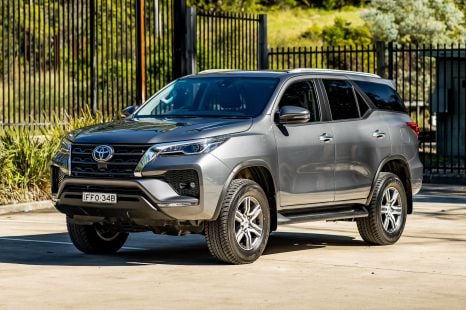

Matt Campbell
5 Days Ago
It's probably time for writers to prep their obituaries and thinkpieces about the demise of Fisker, maker of the Ocean electric crossover.

Journalist


Journalist
There’s a growing sense Fisker is circling the drain, with the automaker’s Austrian division filing for bankruptcy protection overnight.
In a statement Fisker said its Austrian arm has “voluntarily filed to open a restructuring proceeding via self-administration”.
Business publications suggest this period of self-administration is similar to Chapter 11 bankruptcy protection in the US.
The automaker claims this move will allow Fisker Austria to pay employees, as well as “continue delivering its vehicles to customers to the extent possible, providing service, and updating its over-the-air software”.
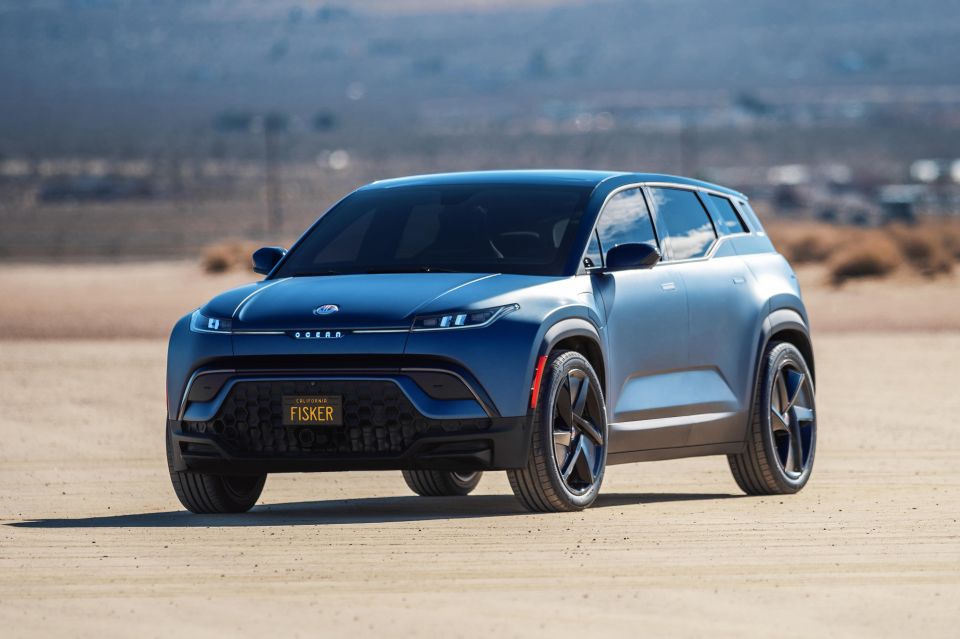
At the beginning of the week Magna Steyr, the Austrian contract manufacturer that builds the Ocean crossover for Fisker, confirmed to Automotive News it had laid off 500 workers at its plant in Graz.
Magna said this was in part due to production of the Ocean being officially “idled” since March. The manufacturing pause was enacted to allow Fisker to clear remaining stocks of the electric crossover, which has recently been discounted by US$24,000 ($36,500).
A quick search on Fisker’s website shows plenty of cars available with prices cut from around US$62,000 ($94,200) to roughly US$38,000 ($57,800).

In a recent earnings call, Magna CEO Swamy Kotagiri said, “Our current outlook issued today assumes no further production [of the Fisker Ocean]”.
A clutch of other cars, including the BMW 5 Series, Jaguar E-Pace, and Jaguar I-Pace will also end their production runs at Graz by the end of 2024.
Originally Fisker and Magna were looking to build 23,000 Oceans every year. In 2023 Magna built around 10,000 Oceans.
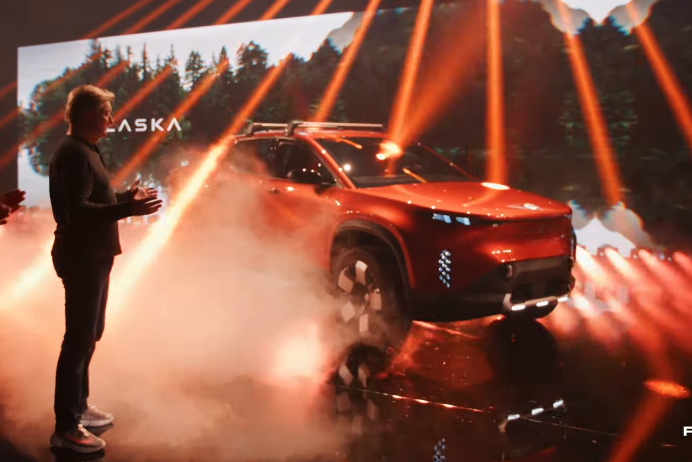
In its April filing to the US Securities and Exchange Commission (SEC), Fisker said that it had around US$50 million ($76 million) in cash on hand, and it had missed a recent debt payment deadline. The company warned it might go out of business within 30 days if it cannot find more funding or an investor.
Fisker also sent a “conditional notice” to its US employees stating they may lose their jobs by end the June if rescue efforts don’t succeed.
At the end of March, Nissan reportedly pulled out of talks to swoop in and save Fisker. Under that plan, Nissan was to have invested US$400 million ($608 million) in Fisker, as well as manufacturing the Fisker Alaska ute and a Nissan spin-off at one of its North American factories.
If Fisker, as a whole, slides into bankruptcy it will be the second time an automaker founded by car designer Henrik Fisker has gone under.
His previous venture, Fisker Automotive, which made the Karma plug-in hybrid sedan, went bust in 2013, and its assets were sold to Chinese automotive supplier Wanxiang, which rebranded the vehicle as the Karma Revero.
MORE: How a simple door ding led to this EV being written off
Derek Fung would love to tell you about his multiple degrees, but he's too busy writing up some news right now. In his spare time Derek loves chasing automotive rabbits down the hole. Based in New York, New York, Derek loves to travel and is very much a window not an aisle person.


Matt Campbell
5 Days Ago
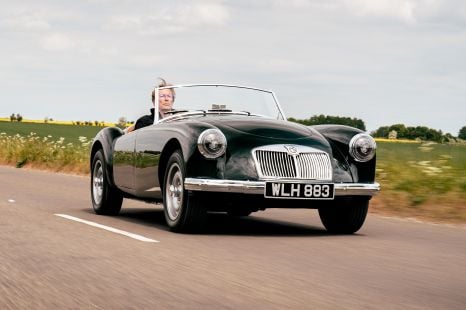

Angus MacKenzie
4 Days Ago
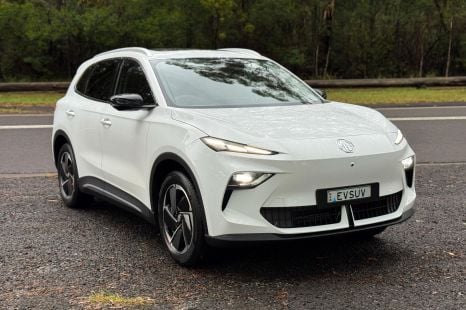

Matt Campbell
3 Days Ago
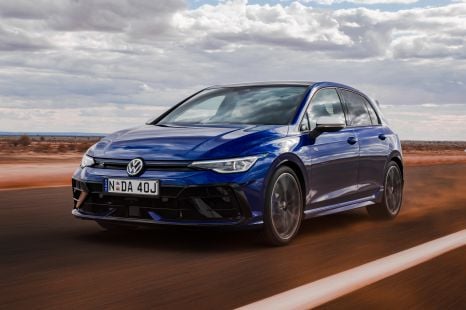

James Wong
1 Day Ago
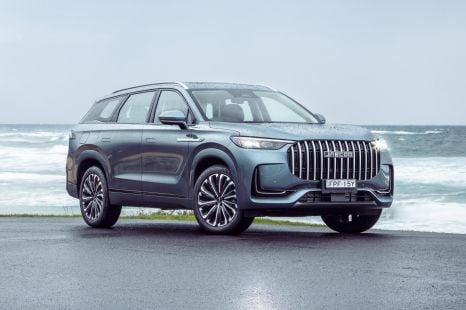

William Stopford
18 Hours Ago
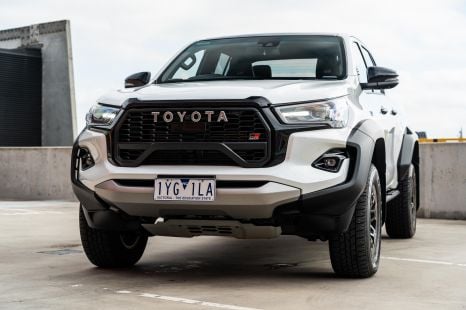

William Stopford
17 Hours Ago